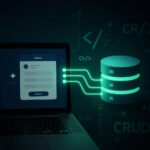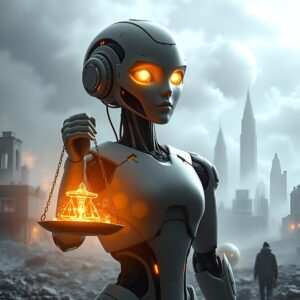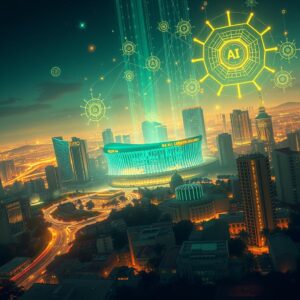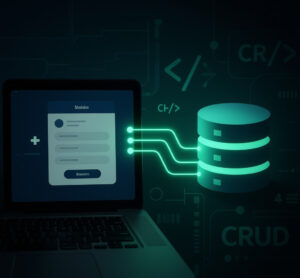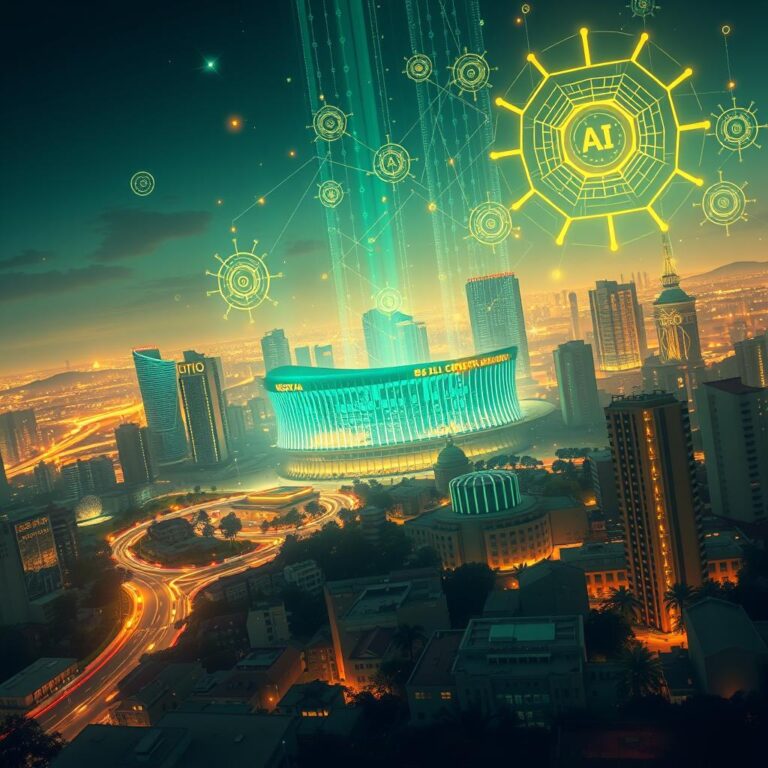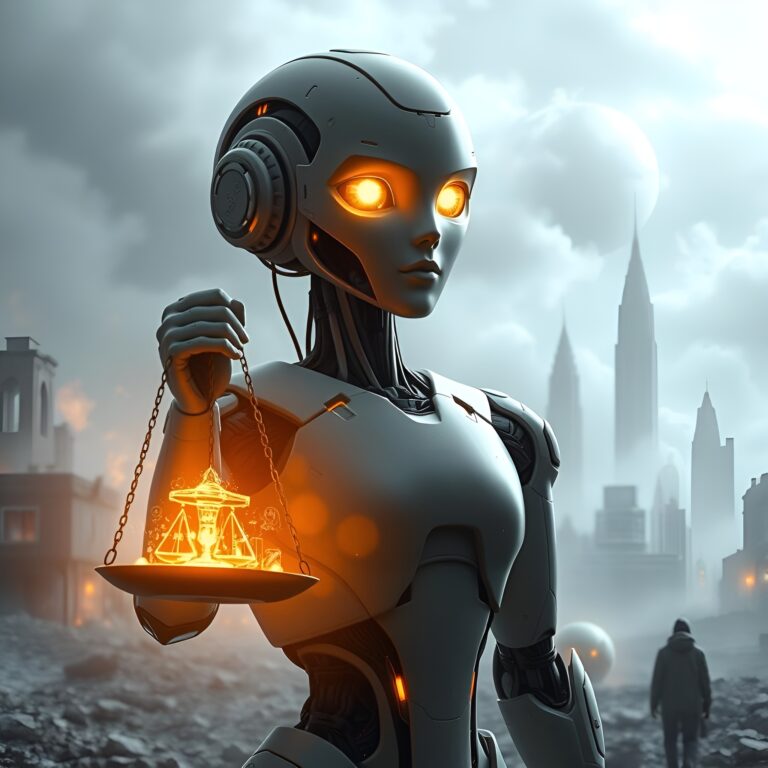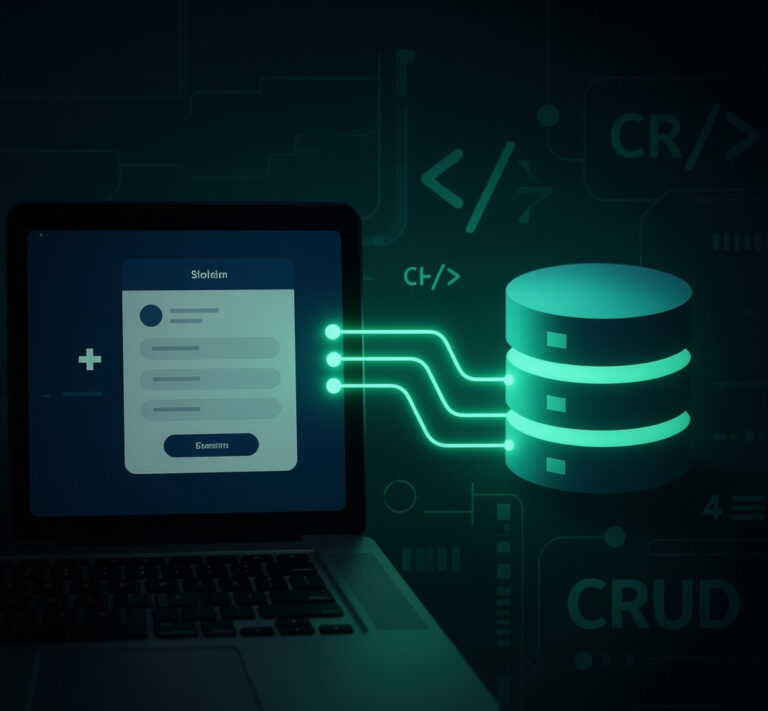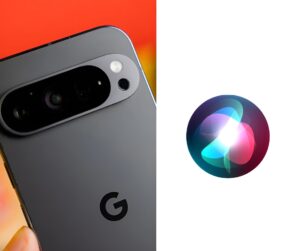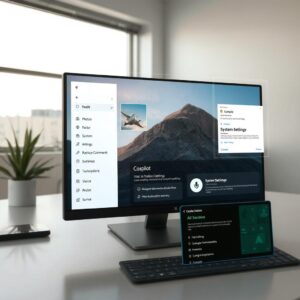In the quiet California farm, something extraordinary is taking place. A buzzing sound can be heard coming from the orchards. But the buzz is different, these are not bees as the norm. As natural bee populations struggle to meet the demands of global agriculture, drones are now flying in to fill the gap. It’s happening right now, real farms are deploying autonomous drones to pollinate fruit trees like apples, almonds, cherries, and walnuts, and the results are paving the way for the future of agriculture..
Traditionally, bees have been nature’s primary pollinators, responsible for one in every three bites of food we eat. Their role is critical, delicate, and irreplaceable in many ecosystems. But due to pesticide use, habitat loss, climate stress, and disease, bee colonies have seen significant declines globally, and the crisis has spurred innovation, and drones are emerging as a solution designed not to replace bees but to assist them, especially when natural pollinators fail.
Dropcopter is one of the few companies in the US leading this technological leap. Their drones fly just a few meters above orchard trees, dispersing electrostatically charged pollen in a way that mimics the efficiency of bees while still offering an edge in precision and timing. According to early trials, orchards that used drone pollination reported up to 60% higher fruit set, improved color, and even better market value.
What makes this particularly relevant now is that real-world deployments are scaling rapidly. In Japan, ground-based robots are being used to supplement manual labor in apple farms. In Chile, cherry orchards are already experimenting with pollination drones to deal with climate-induced bloom mismatches. Even field trials published just months ago showed drone-pollinated walnut trees had nearly triple the productivity compared to those pollinated by wind alone. This isn’t a tech prototype being worked on, it’s already airborne, buzzing quietly above commercial farms.
There’s no denying that bees offer something drones can’t fully replicate. Pollination isn’t just about spreading pollen, it’s about understanding flower structure, timing, and subtle environmental cues, and bees have evolved for millions of years to master this role. Drones, on the other hand, offer speed, programmability, and resilience, being a perfect fit for high-value crops where every blossom counts and when weather windows are tight. It’s not a question of which is better, but how they can work together to secure global food production.
For tech enthusiasts and agricultural professionals alike, drone pollination has signaled a powerful shift. shedding a glimpse of how precision agriculture is evolving, where data-driven systems can respond to the fragility of natural systems without overriding them. And as the world’s climate continues to change and populations rise, this hybrid model of nature and machine might be exactly what the future of farming needs.


